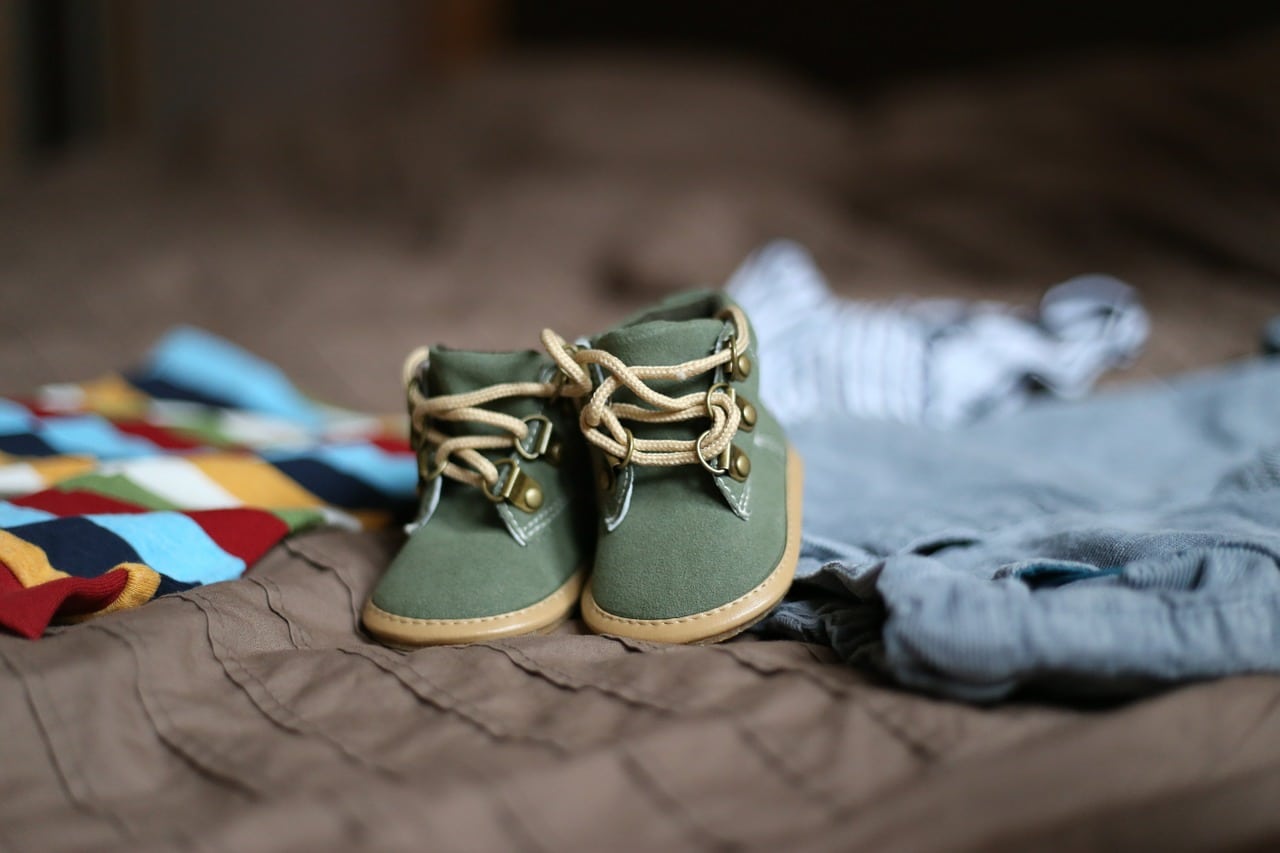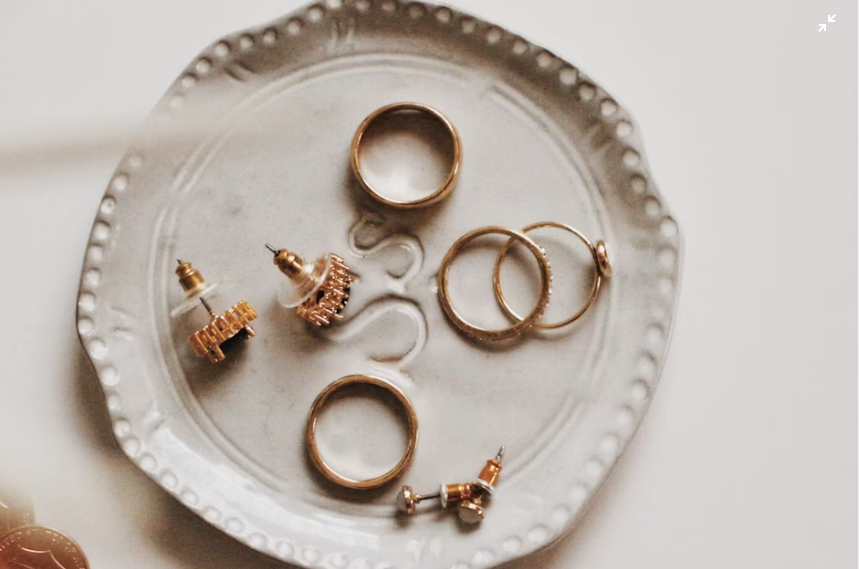Key Takeaways
- Why Do I Stick a Leg or Foot Out: Sticking one foot out from under the covers while sleeping has a scientific reason – it helps regulate your body temperature. This cooling effect is linked to the body’s natural cooling process just before falling asleep, enhancing comfort and sleep quality.
- Not Comfy for Everyone: Sleeping with one leg out of the covers is a personal preference, and some find that consistent coverage for both legs can promote uninterrupted and restful sleep instead. Wearing socks to bed may also help regulate body temperature and improve sleep quality, especially if you have cold feet.
- Other Ways to Stay Cool: Maintaining a comfortable sleep temperature is crucial for better sleep. Consider investing in a cooling mattress, breathable bedding, and using fans and DIY cooling hacks strategically to create a cool sleep environment.
We all have our own bedtime rituals. Some clutch a pillow, others stretch out. Yet, a common thread is keeping one foot uncovered.
Ever wondered why sticking one foot out from under your blanket or top sheet feels so right? It might seem strange, but there’s a scientific reason for this bedtime habit. Let’s find out why letting one foot out while falling asleep can lead to better sleep.
When sleep is elusive, many of us naturally let one foot dangle out, and the results are surprisingly effective. This peculiar stance not only helps us doze off more comfortably and quickly but also ensures undisrupted slumber.
Intrigued by the secret behind this foot tactic? Let’s dig deeper to uncover the science that makes it work so well.
The Science of Sticking One Foot out of Bed for Better Sleep
Sticking one foot out from under the covers has a scientific reason – it helps you stay cool. Natalie Dautovich, a psychology professor and spokesperson from the University of Alabama, talked to New York Magazine in 2014 to explain why this works.
Our feet are at the far ends of our bodies, and they have special connections called arteriovenous anastomoses that link arteries and veins. When it’s hot, these connections open up, allowing more blood to flow to the skin.
This cools us down. Sleep and temperature are closely related. Just before we fall asleep, our bodies naturally become cooler. This cooling reaches its lowest point during our deepest sleep phase.
This is also why sleep experts recommend taking a warm bath Verified Source National Library of Medicine (NIH) World’s largest medical library, making biomedical data and information more accessible. View source before bedtime – when you step out of the bath, your body temperature decreases, copying the natural cooling that happens before sleep and making you feel sleepier.
“Temperature and sleep are intricately linked,” notes Dr. Nayantara Santhi. “When we sleep both our skin and brain temperature changes. More specifically, the brain and skin temperature decreases during NREM sleep and during REM, the brain temperature increases.”
The Body’s Thermostat
Imagine your body acting like a clever thermostat. It puts in effort to maintain just the right temperature inside you for everything to work well. As you’re getting ready to sleep, your body temperature starts to naturally go down a little. This decrease in body temperature sends a signal to your brain, letting it know that it’s time to take a rest. Sleep experts have discovered that right before you fall asleep, your body’s temperature begins to go down.
When you’re in the deepest parts of sleep, your body is at its coolest, around one or two degrees lower than usual. Some scientists think that cooler temperatures make you Verified Source National Library of Medicine (NIH) World’s largest medical library, making biomedical data and information more accessible. View source feel sleepy. But, if you happen to feel too warm, your body might find it hard to cool down, and that can make falling asleep tricky. So, creating a cool atmosphere can actually help, like when you stick one foot out from under the covers.
The science behind it is that this action helps your feet cool down more quickly compared to the rest of your body. Additionally, the bottoms of your feet lack hair, Verified Source National Library of Medicine (NIH) World’s largest medical library, making biomedical data and information more accessible. View source and this absence of hair makes the heat evaporate faster.
“The circadian rhythms of sleep-wake and body temperature are synchronized with each other such that our core temperature begins to decline before sleep, further decreasing as we enter NREM sleep,” says Dr. Santhi. “Concurrently, because we lose heat through skin, our skin temperature rises as the core body temperature declines at night.”
“Therefore, a cooler temperature is more conducive to sleep. Some steps we can take to achieve this is to keep the room temperature cooler at night, or use a breathable cool mattress. Alternatively, taking a warm bath before bedtime which warms the skin is also conducive to sleep.”
How to Establish a Cozy Temperature for Sleep
Obviously, the focal point of any effort to cool down your bedroom is a cooling mattress. The materials should be airy and quick to release heat.
Use appropriate bedding and sleepwear to regulate your temperature for sleep. Try breathable, moisture-wicking sheets and lightweight blankets to prevent overheating. Then, choose sleepwear that suits your comfort level and the room temperature, and avoid heavy fabrics that can trap heat.
If you don’t want to overload your air conditioner, try sleeping with a fan on. You can even set up multiple fans to take advantage of air circulation and establish a cross breeze. Ceiling fans or portable fans can help circulate air and prevent stuffiness. Position fans strategically to direct airflow without directly blowing on you.
Consider blackout curtains or blinds to control the amount of sunlight entering your room. Sunlight can heat up your room during the day, making it more difficult to achieve a comfortable sleep temperature at night. Still, it’s a good idea to open up your curtains first thing in the day, so you reap the benefits of morning sunlight. A walk during the morning might be even better.
Other Tips for a Better Sleep
When it comes to ensuring a good night’s sleep, people tend to seek out various strategies for better rest. Here are other tips to fall asleep faster and help bring you to a more restorative sleep.
Avoid Watching TV
To ensure a sound sleep, avoid watching TV, which can help enhance the quality of your rest, and instead, opt for calming activities before bedtime. You may wish to go beyond keeping the TV out of the bedroom and strive for a sleep environment free of distracting technology like your computer or smartphone.
Create a Relaxing Bedtime Routine
Enhance your sleep quality by crafting a soothing bedtime routine that includes calming activities like reading or gentle stretches. As we mentioned, you want to avoid screened devices that give off stimulating light. Instead, try reading a book, taking a bath, or drinking a cup of tea for sleep.
Watch What You Eat and Drink
Improve your sleep by being mindful of what you eat and drink before going to bed at night, as certain foods and beverages can affect your rest. For example, tart cherry juice may help you sleep, but caffeinated and sugarly cherry soda will not.
Get Regular Exercise
Keep your body parts active and engage in regular exercise for better sleep. Just make sure you’re too active before bed, as this can hamper efforts to fall asleep.
FAQs
Should you sleep with your feet out?
Sleeping with your feet outside of the covers can be a personal preference. Some people find it more comfortable to have their feet exposed to regulate their body temperature while they sleep, preventing overheating. Others may find it cools them down too much, particularly during colder winter months.
However, it’s important to strike a balance, as overly exposing your feet to cooler temperatures might lead to discomfort or disrupted sleep. Finding the right level of cover for your feet can contribute to a more restful sleep experience.
Why should you not sleep with one leg out of the covers?
Sleeping with one leg outside the covers can expose your leg to cooler temperatures. While may relax some sleepers at night, others may find it leads to distracting discomfort or disturbances in your sleep. Your body temperature tends to drop slightly during sleep, and keeping both legs covered can help maintain a consistent and comfortable temperature throughout the night.
If one leg remains uncovered, you might experience uneven temperature distribution, which could disrupt your sleep cycle. Ensuring that both legs are comfortably covered can contribute to more restful and uninterrupted sleep for some individuals.
Should I sleep with socks on?
Wearing socks can help keep your feet warm and may aid in vasodilation, which is the widening or relaxation of blood vessels in the body. It allows for increased blood flow that can help regulate body temperature and can promote relaxation and better sleep.
If you tend to have cold feet at night, wearing socks can be a simple solution. Choose breathable and comfortable socks, as overly tight or thick socks might disrupt your sleep. You may also only wish to wear socks to bed during the colder times of the year. Individual preferences vary, so feel free to experiment and see if sleeping with socks improves your overall sleep quality.
Should you prop your feet up when sleeping?
Yes, propping your feet up when sleeping can be beneficial. By elevating your feet with a wedge pillow or adjustable bed, you can improve circulation, reduce swelling, and alleviate discomfort. This is especially true if you have conditions like edema or varicose veins.
Find a comfortable and supportive position that doesn’t strain your legs. If need be, consult with a healthcare professional if you have specific health concerns.
What position should your feet be in when you sleep?
Generally speaking, the ideal position for your feet is in a neutral alignment with your ankles. This means they should neither be overly flexed (pointed downward) nor extended (pointed upward) while sleeping. Keeping your feet aligned with your lower legs can help maintain proper blood flow and prevent strain on your muscles and joints.
However, personal comfort matters, so adjust your foot position based on what feels best for you.
Conclusion
By sticking one foot out of bed and grasping the science behind it, along with embracing other constructive habits, you can actively improve your sleep quality, leading to more refreshing mornings.
About the author
April Mayer is a sleep expert and writer with a degree in exercise physiology. She has dedicated her career to exploring the relationship between sleep and productivity. Her insightful articles, such as "The Surprising Way Your Mood Might Be Messing With Your Productivity" and "Wake Up to More Productive Mornings," have been featured in reputable publications like Forbes, Greatist, Real Homes, Thrillist, Tom's Guide, and Eat This, Not That. With a passion for helping others lead more productive lives through restful sleep, April offers valuable expertise on foods and vitamins for better sleep. As a trusted member of the Early Bird team since March 2020, she continues to provide informative and well-researched content.
View all posts





